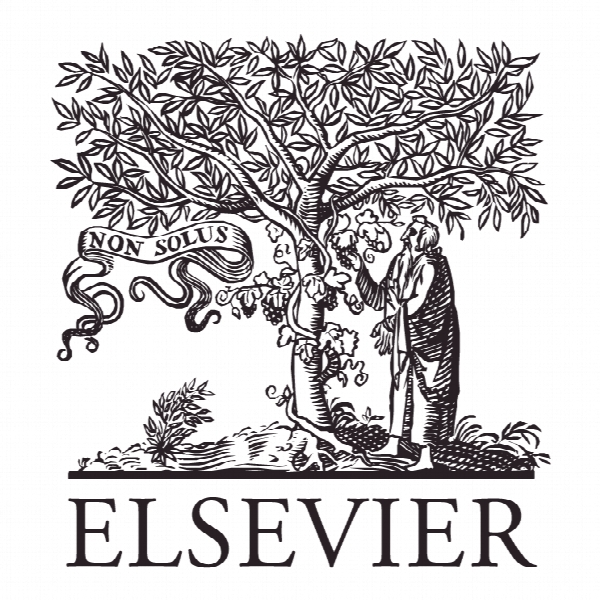پیش بینی حجم تماس های دریافتی در مراکز تماس با شبکه های عصبی مجدد Forecasting incoming call volumes in call centers with recurrent Neural Networks
- نوع فایل : کتاب
- زبان : انگلیسی
- ناشر : Elsevier
- چاپ و سال / کشور: 2017
توضیحات
رشته های مرتبط مدیریت
مجله تحقیقات بازاریابی – Journal of Business Research
دانشگاه گروه فناوری اطلاعات، دانشکده مهندسی صنایع، صنعتی خواجه نصیر طوسی، ایران
نشریه نشریه الزویر
مجله تحقیقات بازاریابی – Journal of Business Research
دانشگاه گروه فناوری اطلاعات، دانشکده مهندسی صنایع، صنعتی خواجه نصیر طوسی، ایران
نشریه نشریه الزویر
Description
1. Introduction Modern call centers are large and employ thousands of agents. Representing the front end of organizations, call centers are responsible for maintaining customer relationships and the overall public image of the organization. This study focuses on two important issues in call center operations: First, call centers are labor-intensive, with the cost of agents generally comprising 60–80% of the overall operating budget (Aksin, Armony, & Mehrotra, 2007). Therefore, an effective management strategy must schedule a sufficient number of agents. Second, call centers involve customer satisfaction factors such as perceived queuing time. Feinberg (Feinberg, Kim, Hokama, de Ruyter, & Keen, 2000) finds a statistically significant correlation between the length of queuing time and customer satisfaction, indicating that shorter queuing times have beneficial effects on customer satisfaction. Furthermore, according to Whiting and Donthu (2009), customer error in estimating queuing time affects their satisfaction. Consequently, shorter queuing times provide higher satisfaction than longer ones and avoid customer churn. This study concludes that the first and most important step is to forecast future call volumes accurately. Much literature exists on forecasting; however, few studies attempt to develop effective models to forecast incoming call volumes in call centers. This study proposes a Neural Network model for forecasting call volumes to reduce waiting times and determining the optimal number of agents.


